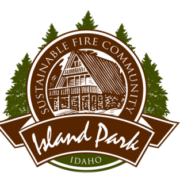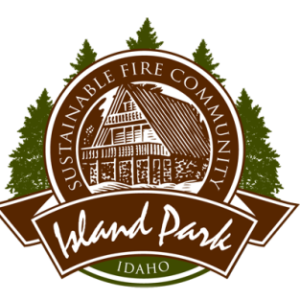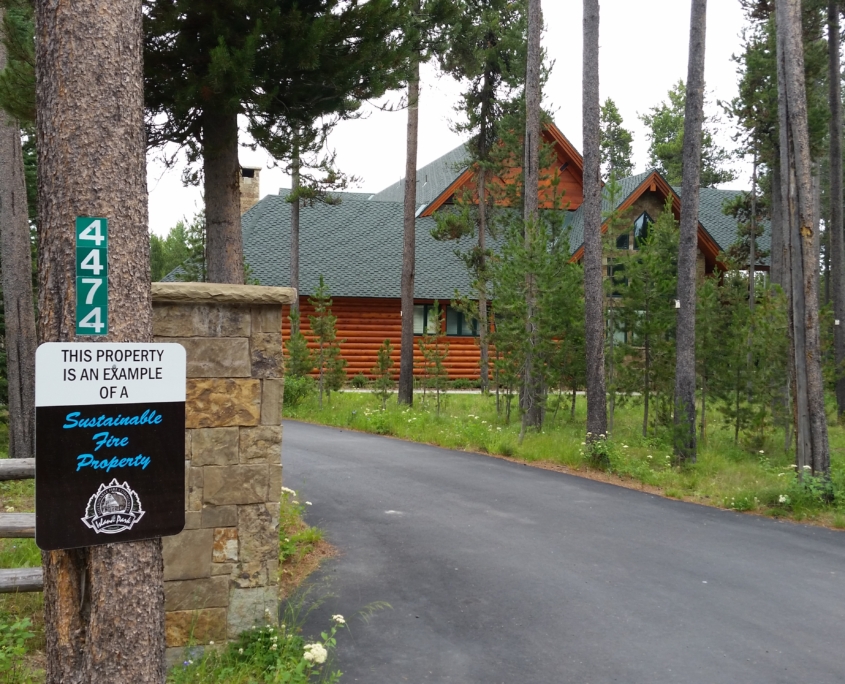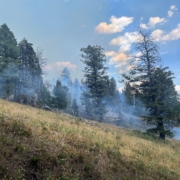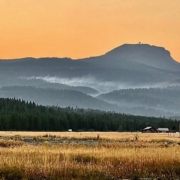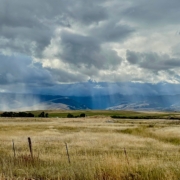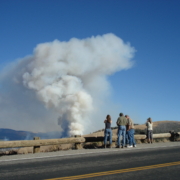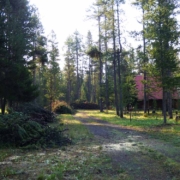Defensible space
Defensible space is the area surrounding a house or other structure where the vegetation and fuels have been modified, thinned, or removed to slow or stop fire from reaching the building(s), giving firefighters a better opportunity to safely and effectively defend the property.
Homes with an effective defensible space are much more likely to survive a fire than those without.
A defensible space should extend at least 30 feet from the structure for zone 1 and 100 feet for zone 2. It should be “Lean, Clean, and Green”, and vegetation should be thinned to interrupt continuous fuel sources leading to structure(s). Oftentimes defensible space is simply a homeowner’s properly maintained green yard.
Creating Defensible Space
The spacing between grass, shrubs, and trees is crucial to reduce the spread of wildfires. The type, size, and dryness of brush and trees, as well as the slope of the land, determine the spacing needed. For example, property on a slope requires greater spacing between trees and shrubs than level property. Also, property with thick vegetation should have trees spaced farther apart (and limbed higher) than property with sparse vegetation.
The intent behind creating defensible space is to limit (or eliminate) a continuous line or ladder of flammable material leading to structures.
